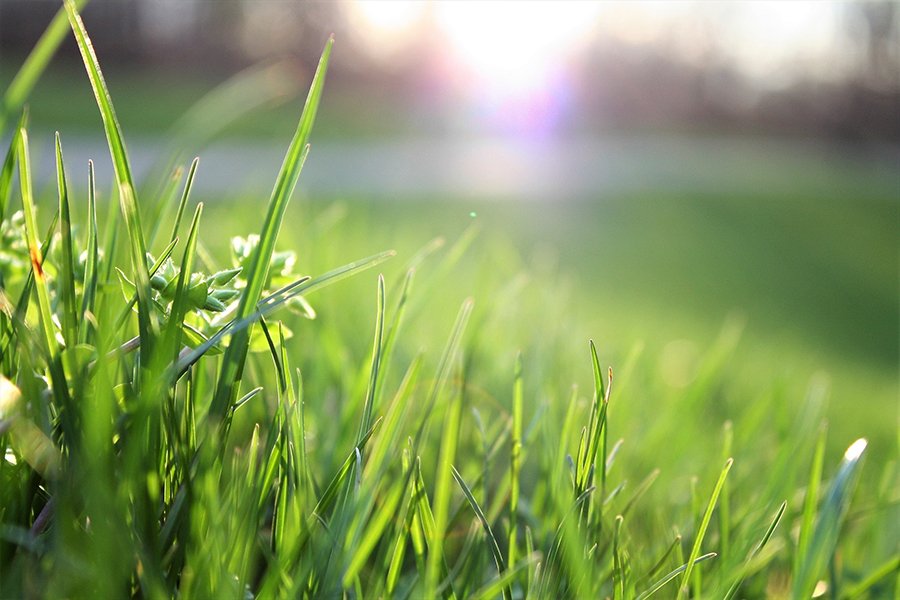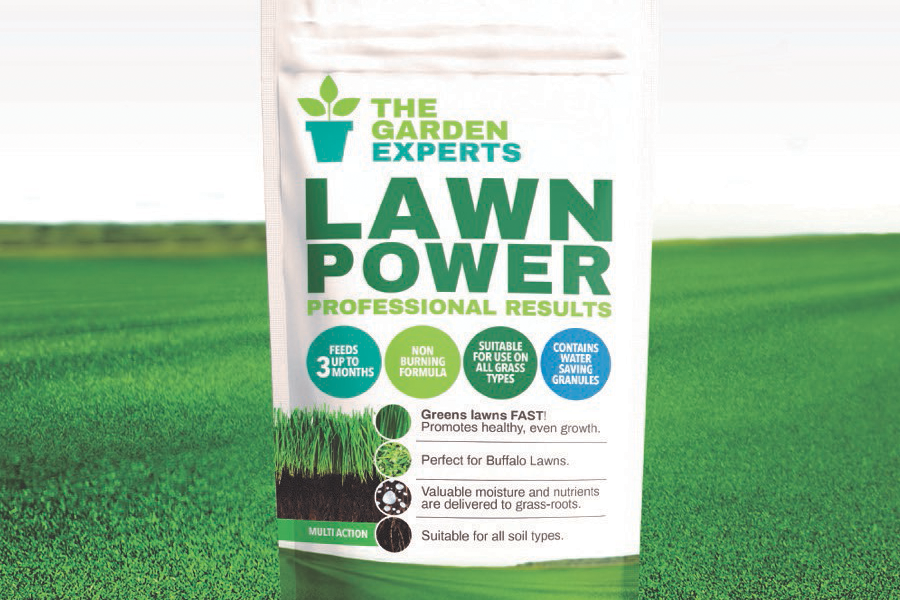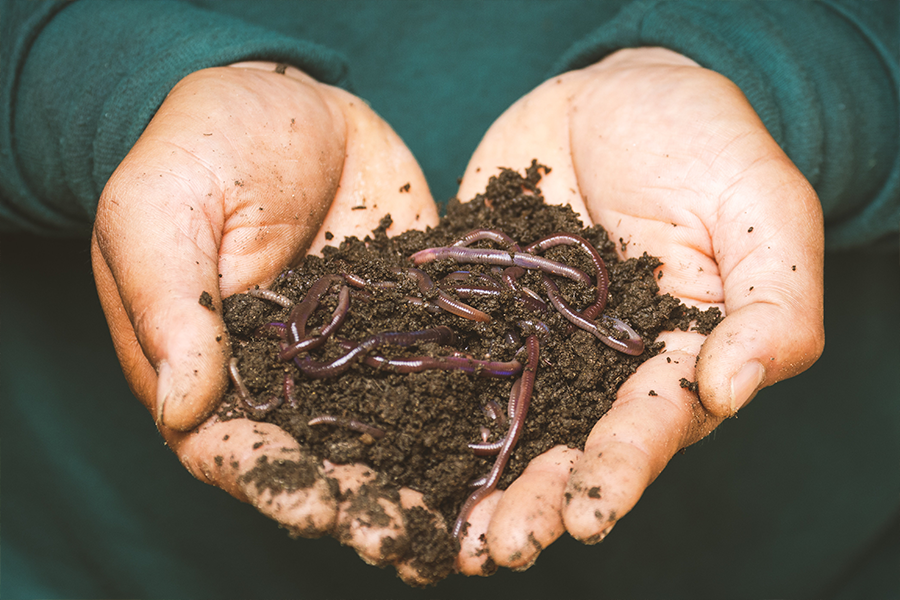by IGC Admin
Share
by IGC Admin
Share

This lush green carpet effect is easily obtainable, but the type of lawn you choose could make all the difference.
The most important things to consider include what purpose it will serve, soil type and maintenance requirements. Selecting a drought tolerant variety could also help reduce you water bill.
When to Plant
Spring and autumn are ideal to plant lawns. Avoid planting in strong summer heat.
Where to Plant
Lawn grasses grow best in an open, sunny and well drained position. Most lawn grasses grow best in an open sunny position. The tall fescues are however, tolerant of up to 80% shade. Any heavier shade than this would almost certainly require a shade loving ground cover instead. Ask for advice from your local IGC Garden Centre.
Planting – Preparation is Key
Remove weeds and previous grass by digging them out or poisoning them. Generally Glyphosate based products are the safest to use but for advice about poisons, consult your local IGC Garden Centre. Do not use an herbicide as it will remain in the soil check the soil pH. Soil test kits are available from your local IGC Garden Centre. If too alkaline, add Aluminium Sulphate- if too acidic, spread lime Dig or rotary hoe the soil and rake out any rubbish if drainage is really bad you should improve it by the addition of agricultural drainage Dig or loosen soil to a depth of about 8 centimetres. Make the top 2 centimetres of soil as fine as you can, adding a layer of top soil will help with this. Remove any clods or lumps. Make the surfaces as even as you can to avoid ‘humps’ and ‘hollows’. Rake in Yates Dynamic Lifter Turf for new lawns spread lawn seed at the rate of 30 grams per square metre (approximately a handful). For worn patches in your lawn use this same amount. For general thickening of an established lawn use half this amount. Distribute as evenly as possible and rake lightly into the soil surface. Keep a little seed in reserve for over sowing the patches you missed the first time. Firm down the surface with a roller or by walking over it. This is extremely helpful for germination. It is very important to water and keep damp until the lawn is established. If the seed or shoot dries out during the germination period your results will be poor. In warmer weather it is a good idea to soak with a soft mist spray morning and evening. Mow when the grass is 8 to 10 centimetres high so you can just cut the top 2 centimetres off the grass. This encourages root growth. As the lawn matures, lower the blades of the mower on successive cuts. Your lawn will generally take between 6-8 weeks to establish, once this happens feed it frequently. We recommend dynamic lifter organic lawn food
Watering New Lawns
Water carefully and regularly ensuring not to overwater. Use a fine mist to keep the seed bed moist. Never let it dry out. You may have to water several times daily in very hot weather. When the lawn is clearly growing, water daily and then reduce watering to a soaking once a week after the 3rd or 4th mow. If you lawn looks dry, you will need to increase watering. The best time to water is during daylight try to avoid watering after sunset unless absolutely necessary.
Established Lawns
Most lawns do without watering for much of the year. It’s mainly through the summer months that you may need to water. The following can help to reduce your water costs without detriment to the quality of your lawn.
- Delay watering as long as possible in the warmer months and lengthen the time between watering cycles.
- Soak the soil – use a fine spray and allow water to soak down to the full depth of the root zone. Aeration will help as too will DEBCO “SaturAid” or ‘Wettasoil’ in heavy soils.
- Aerate or spike the soil to allow more rapid soaking.
- Never water in the heat of the day and for maximum benefit, water at night but before it’s dark.
- A good soaking one or two evenings a week is more beneficial than a sprinkling seven days a week. In addition, this allows the soil to dry out slightly between waterings, reducing the risk of fungal infections.
- Not only does over-watering leach nutrients from the soil, it also wastes fertiliser.
- To stop run-off, especially on steep slopes with clay soils, use a fine spray for short (five minute) periods per watering and improve soil structure and spike/aerate the lawn.
Mowing New Lawns
Mow when the grass is 8 to 10 centimetres high so you can just cut the top 2 centimetres off the grass. This encourages root growth (young grass can be damaged by close mowing). As the lawn matures the blades can be lowered gradually on each successive mow.
Extra Maintenance
If you feed your lawn regularly your soil will gradually become more acidic. Correct this in the winter by the addition of lime. Winter is also the ideal time for aerating lawns. Weeds can be a nuisance and there are many different types. Try to control them with hand weeding if possible. If you need to use chemicals ask your local IGC Garden Centre staff for advice. Lawn pests tend to be seasonal. Watch out for the larvae of the lawn beetle – this creature nibbles at the roots of the grass and destroys the lawn. Both can be successfully treated with Baythroid. If you have kikuyu lawn, your lawn may turn yellow in round patches at certain times of the year. This is kikuyu yellows – a fungal disease, for which there is no chemical treatment. Improved drainage and feeding will help recovery.
Autumn Lawn Care
Autumn is a very important season for lawn care because it’s the last chance to get the lawn into top condition before the cold weather arrives. Lawns are often exposed to a lot of stress during autumn. Apart from the gradual shut down that’s taking place in the grass plant as the cold weather approaches, there are often the ravages of insect and disease damage to be mended.
Insect Damage
Army Worm – This is a grass eating caterpillar that moves through the lawn like a raiding army (hence its common name) and can reduce grass leaves to tattered shreds almost overnight. Army worm is effectively controlled by the synthetic pyrethroid or baythroid.
Sod Webworm – This is another grass eating grub that often attacks summer/autumn lawns and can also be kept in check with baythroid.
African Black Beetle – A form of scarab beetle that eats grass leaves and grass roots, both in its adult and its larval stages. Hortico Lawn Beetle and Slater Killer Granules will control both the adults and the larvae. Baythroid will almost flush the adults to the surface.
Once these pest numbers are reduced, it’s important to get as much growth as possible out of the lawn before the cold weather really hits. A fast acting soluble fertiliser such as Thrive distributed through a hose-end Thrive ‘Easy Feed’, will give the lawn a quick shot of nitrogen to promote rapid leaf growth and provide the potassium and phosphorus that will strengthen the root system and build up the grass plants’ disease resistance. There’s one extra trick that will help a wounded lawn to recover. For centuries, seaweed has been recognised for its ability to heal wounds and promote growth. Seasol can encourage damaged grass roots to start growing again.
Fungal Disease
Autumn is also the season of ‘blots and spots’ on the lawn. These patches are often caused by fungal diseases and autumn, is the time of year when they really flourish. Brown Patch, Dollar Spot, Fairy Ring, Rusts – the names seem endless and these diseases can be difficult for even the experts to diagnose. Many lawn diseases can be treated by watering with a wettable fungicide and can be followed by aerating the lawn with a garden fork, then by feeding with a fast acting fertiliser. Thrive Flower and Fruit contains boosted levels of potassium- the nutrient that gives plants added disease resistance.
What's worse than finding a worm in your apple? Finding half a worm...
A Living Gift provides many weeks or months of flowering beauty and is fantastic value for money.
Stunning tropical –look summer showstoppers providing an irresistible show of colour to brighten up your home.





